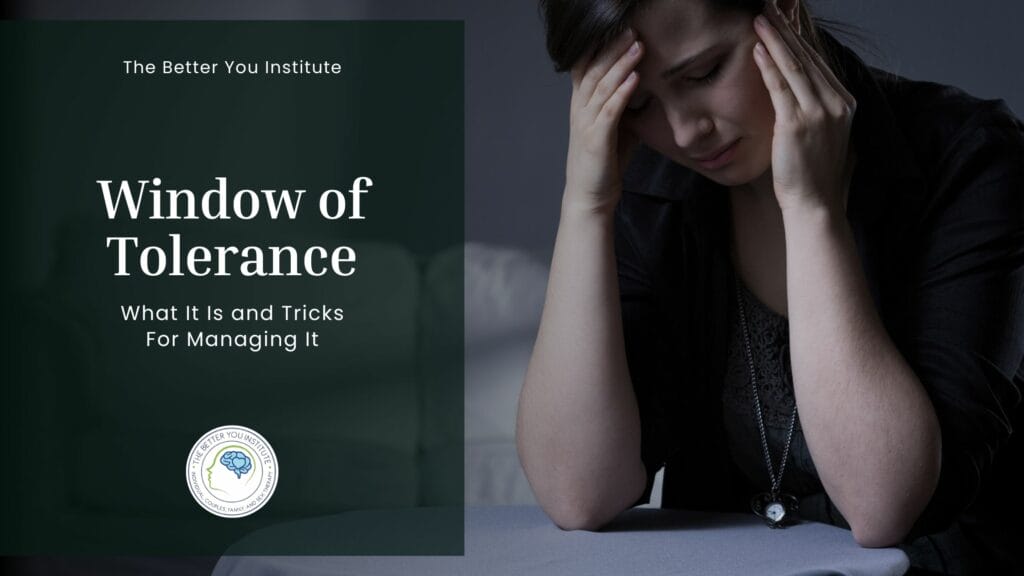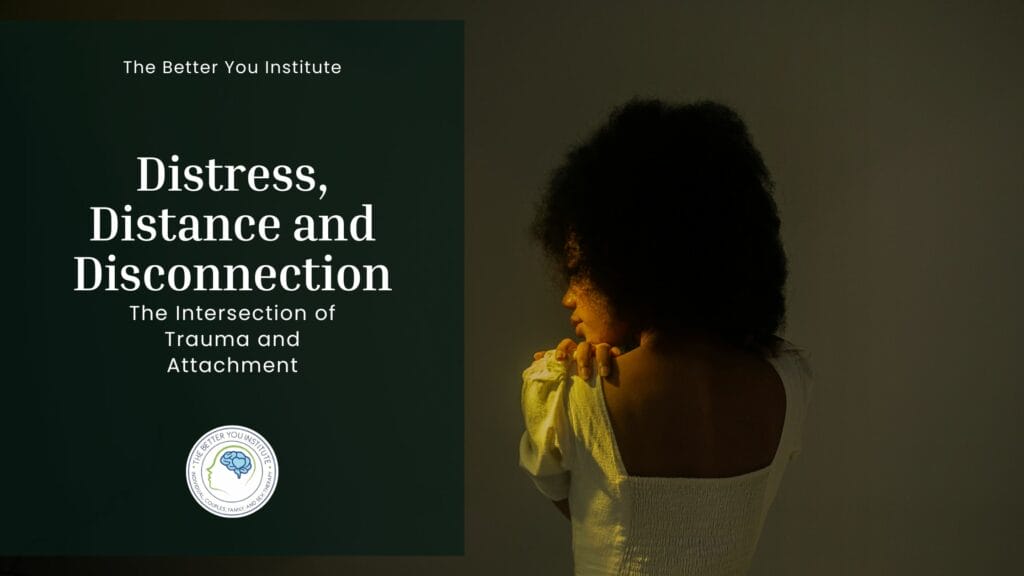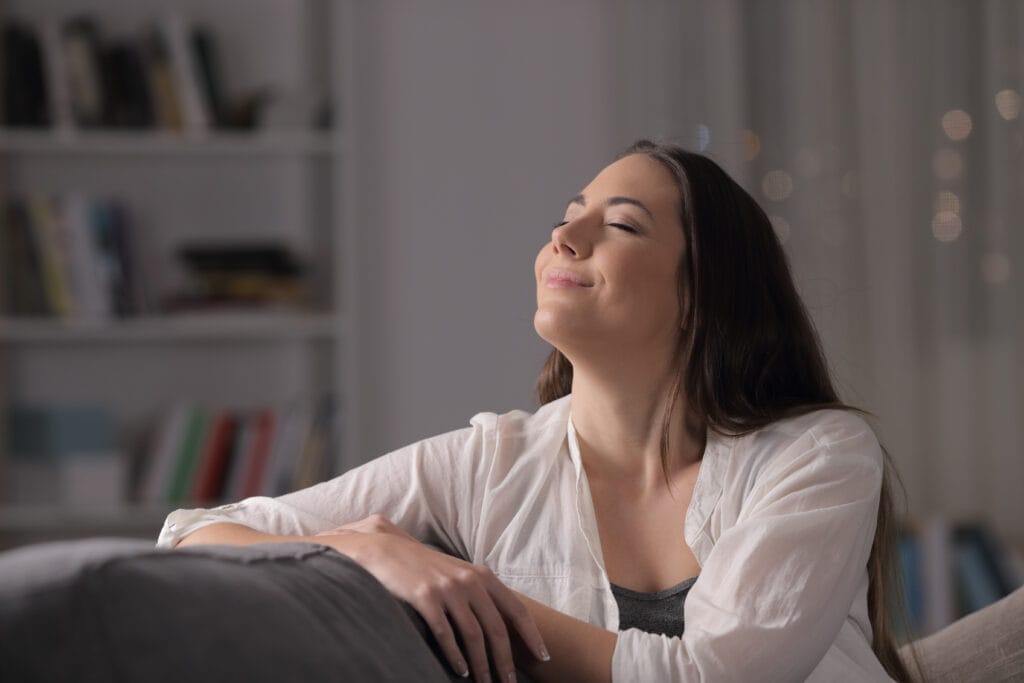The word exercise can sound intense to some people. Exercise doesn’t have to be an hour-long CrossFit session where you’re lifting huge tires or 100s of pounds of weights at a time. Exercise simply refers to body movement. These movements can be as simple as stretching and basic movement along the three axes of rotation: the anterior-posterior axis, the mediolateral axis, and the longitudinal axis.
Exercise can seem daunting, possibly based on social constructs that have been created around the fitness industry. Reframing the way we think about exercise can be helpful for those who are starting their overall wellness journey. Movement improves mental well-being, circulation, physical strength, coordination, and learning skills. Movement can be simple yet vital for life. There is a great connection between mental health and movement, and we can utilize that connection.
Exercise can not only give us an energy boost but also a significant mood boost as well. Regular exercise can better your mental health and emotional well-being as well as lower rates of mental illness. The rule of thumb that is recommended by health professionals is to exercise three to four times a week for a minimum of 30 minutes per exercise session. Exercise can be broken down into strength, aerobic, balance and stability, coordination and agility, and lastly flexibility and mobility training. Looking at all of the different forms of exercise can be overwhelming and it can be hard to figure out how to start. Remember exercise is simply movement! Reframing the way we view exercise will help you create a better outcome.
Table of Contents
The brain-changing effects of exercise
What if I told you that a single workout will immediately increase levels of neurotransmitters like serotonin, dopamine, and noradrenaline? These different neurotransmitters carry messages between nerve cells in the brain and throughout your body.
- Serotonin: controls your mood and helps with sleep and digestion
- Dopamine: responsible for allowing you to feel pleasure, satisfaction, and motivation
- Noradrenaline: mobilizes the brain and body for action by increasing heart rate and blood pumping from the heart.
Physical activity has been shown to have positive changing effects on the brain. A single workout will increase all three of the neurotransmitters listed above, which helps boost your mood right after a workout. Moving your body has immediate, protective, and long-lasting benefits for your brain. Movement actually changes the neural structure of the brain. Movement can also protect your brain from different conditions like depression, dementia, or Alzheimer’s. As you can probably guess, physical activity is a long-term investment.
Prefrontal cortex, temporal lobe, and hippocampus
The brain is the most complex structure known to humankind. It’s crazy to think that the thing that’s currently sitting between your ears is the most complicated object in the known universe. There are approximately 86 billion neurons in the human brain! Scientists are still trying to comprehend the brain and understand the power behind it.
While there is a lot to still understand about the human brain, there is some information that scientists feel quite sure about. Indeed, it has become quite clear that there is a mind/body connection. Thus, body movement plays a role in our overall mental health and well-being. When looking at the connections between mental health and movement, it is helpful to understand what’s happening in our brains. The prefrontal cortex, temporal lobe, and hippocampus are three important parts of the brain that help us understand why movement can have immediate, long-lasting, and protective benefits.
- Prefrontal cortex sits right behind your forehead. This part of your brain is critical for decision-making, focus, attention, and personality. The prefrontal cortex also helps with problem-solving, impulse control, and creativity.
- Example: Your prefrontal cortex becomes activated when you’re deciding between going for a walk after dinner or cuddling up on the couch and watching Netflix, or when you’re deciding between an apple or apple pie for a snack.
- Temporal lobes help to form and retain new long-term memories of events and facts. You have two temporal lobes, and they play an important role in processing emotions.
- Example: Your temporal lobes become activated when you are listening to a song that motivates you during your workout.
- Hippocampus is a fascinating brain structure embedded deep within the temporal lobe. The hippocampus plays a major role in memory and learning. The hippocampus has an important part in the recall of emotional memories.
-
- Example: Your hippocampus becomes activated when the smell of the gym triggers a strong memory from when you hit a personal record on the assault bike.
When it comes to body movement, we can think of the human brain like a muscle. Just like when we see changes in our biceps and thighs when we lift weights, we also see changes in our actual brain when we work out. The more you’re working out, the stronger and bigger the hippocampus and prefrontal cortex become. These two areas of the brain are the most susceptible to neurodegenerative diseases. Neurodegenerative diseases affect millions of people worldwide, and these diseases are disorders that destroy motor neurons in the brain. Some examples of the most common neurodegenerative diseases are Alzheimer’s, dementia, and Parkinson’s. When you increase exercise over your lifetime, you can strengthen the hippocampus and prefrontal cortex. Although body movement and strengthening different parts in your brain is helpful, it doesn’t necessarily make you immune or cure you of these diseases. Still, it will take longer for them to have an effect.
Exercise and why it’s challenging to start
Putting yourself first
Getting started with exercise can be challenging because you are putting yourself first. Many people experience difficulty in putting themselves first. Sometimes it’s hard to put yourself first because you are busy prioritizing other people’s needs. For example, if your friend asks you to drive them to a doctor’s appointment you might find it easier to accomplish this task because you are doing something for someone else compared to accomplishing something solely for yourself. We often prioritize helping others and putting others first because it can be used as a way to distract yourself from your own problems and negative self-talk.
When you prioritize exercising you are choosing to prioritize yourself. You are directly focusing on your body when you exercise. You should strive to be your top priority in life because by doing so you are valuing your own needs.
Showing up for yourself
The hardest part of exercising is just showing up. Whether you show up at a gym, at your front door, at a park, or in your living room you are starting the exercise session. You should take a moment to thank yourself and your body for showing up. Be grateful for your body and its capabilities. You had the choice to either press snooze on the 6 am alarm or to get up and get ready for your exercise session. You have power over your choices and you are in the driver’s seat of your own life.
When showing up for yourself ask yourself what your why is. What drives you? What pushes you? What inspires you? By asking yourself these questions you are able to find the purpose behind your actions. It can be helpful to recognize the why behind the act of exercising. Is it to become a better you? Is it to not only improve your physical health but your mental health too? You have the power to identify what your why is.
Feeling clueless with where to start
Instagram influencers and marketing make exercise seem complicated. As you look at all the goods related to the workout industry, you start to feel overwhelmed and clueless with where to start. Yes, working out can get complex! However, body movement can be quite simple. For example, you could create an intricate workout regiment where you’re lifting weights in a timed setting wearing certain gear that will help you lift weights. Or, you can choose a further parking spot in the parking lot so you have to walk a bit to get into the store. Making small changes such as where you park can make big differences to your body when you add them all up.
Take the information from above regarding the healthcare provider’s recommendations for 30 minutes of movement at least 3 days a week. Don’t overthink it. Pick 3 days in the week. Now pick a time in the day on those three days that you can dedicate 30 minutes. Now pick an activity. Maybe you’ll wake up in the morning and stretch for 30 minutes, maybe you’ll do laps around your building at work on your lunch break, or maybe instead of taking the subway to work you’ll walk one way.
If you are new to emphasizing body movement in your routine, don’t overcomplicate it. Yes, you can design a workout regimen but you can also start with just stretching. Over time, as you’ve dedicated the time to moving your body each week, you can get more intricate as to how you move your body. The initial goal, however, should just be to move.
Different forms of exercise
As mentioned above there are 5 different ways exercise can be broken down into (strength, aerobic, balance and stability, coordination and agility, and lastly flexibility and mobility training). Within the different categories, we can find the most common types of exercise. The different types of exercise in the scope of this article include yoga, running, swimming, and weight lifting. Each type of exercise provides great benefits and you will be able to find different variations of each type.
Yoga
Yoga is an ancient practice that involves movement, meditation, and breathing techniques to promote mental and physical well-being. The philosophy behind yoga is to connect the body, mind, and spirit. There are a multitude of benefits from practicing yoga. The benefits include:
- Creating flexibility
- Promoting better breathing
- Improving mindfulness
- Supporting physical health
- Helping with treatment for addiction
- Reducing stress, anxiety, depression, and chronic pain
- Enhancing the overall quality of life
- Improving sleep
What’s fascinating is that there are specific poses in yoga that help for different mental illnesses. There is a strong connection between yoga and mental health. Since the philosophy of yoga is to connect the body to the mind and spirit, you are able to use poses to help with your mental health.
Running
Running is a great source of movement that can be accessible for people without gym memberships. Running can provide people with mental clarity and calmness. You can run and listen to music or a podcast or you can run to be present with your thoughts and body movement. The act of running allows time and space for you to check in with yourself. When running try the 5,4,3,2,1 grounding exercise.
- 5 things you can see
- What can you see around you?
- What are some things that you haven’t noticed before?
- Can you become aware of your surroundings?
- 4 things you can touch
- What does it feel like in your palms when running?
- What texture are your pants?
- Can you feel your socks connect with your toes?
- 3 things you can hear
- Are you able to hear nature around you?
- What song are you listening to and do you like it?
- Can you hear your heartbeat?
- 2 things you can smell
- Do you notice any pleasant or unpleasant smells?
- Can you smell freshly cut grass?
- What does it smell like while you are on the treadmill?
- 1 thing you can taste
- Can you taste your gatorade from before the run?
- Do you have coffee breath?
- Any pleasant or unpleasant tastes?
Swimming
Swimming is a great exercise for people with limited mobility and injuries as swimming is a low-impact exercise with high rewards for health. You can take swimming at your own pace and start at your own level. Swimming has been scientifically proven to boost blood flow. With the boost in blood flow, you can find improvements in your mood, memory, and concentration. Studies have shown that swimming can reverse brain damage from stress via hippocampal neurogenesis (creation of new neurons). Swimming has been shown to decrease anxiety and depression while improving self-esteem. When swimming you need to be aware of your breath and with this, you have the opportunity to practice mindful breathwork.
Weight Lifting
Weight lifting is a great way to improve your focus and concentration. Weight lifting, or strength training, is a great form of exercise because it not only strengthens your muscles and joints but also helps protect your body from injuries. When we strengthen certain muscles we almost create a protective fence around them to prevent injuries. Weight lifting can help improve mindfulness because you have to be aware of your body and form. By focusing on your body, form, and breath in sync with one another, you create a mindful experience for yourself. Researchers have found that strength-training programs significantly reduced anxiety and depressive symptoms.
What is your form of movement?
If none of the forms of movement above interest you, are available to you, or if you’re limited in your mobility, can you identify a form of movement that will work for you? Any and all forms of movement are beneficial. If you are figuring out where to start asking yourself some of these questions:
- How do you move your body?
- What do you notice when you incorporate movement into your day?
- What stops you from adding movement to your day?
- Are there any forms of exercise that interest you?
- Any form of exercise that scares you? Why?
- Do you enjoy working by yourself or in a group setting?
- Do you like having a plan or do you like the flexibility to create your own exercise routine?
Taking action
Once you can get an idea of what your form of movement is you can start to take action. Having an idea of what type of movement works for you and your body is the first step. You can start to incorporate your form of movement into your weekly routine. Maybe first you can start with one day and then the next week try to add another day. When taking action try to become aware of any changes you notice in your body and mind.
There are great benefits from adding movement into your daily life. Whether you enjoy intense exercise or a leisurely walk, you will receive great mental health benefits from moving your body. Physical activity has been shown to have positive changing effects on the brain. To attain these benefits start your movement journey. Once you show up for yourself and prioritize your well-being you will be able to unlock your full potential.
If you want to explore your mental health connection to movement or have questions about starting the process, feel free to schedule an appointment at The Better You institute with one of our Philadelphia therapists. Call us today, at 267-495-4951 to set up your appointment.
Meet The Author:

Claire Savage, M.Ed
Professional Counselor
Claire Savage, M.Ed, a Professional Counselor and Practicum and Intern Liaison, is known for her caring and open-minded nature. Her background as a first-generation Irish American has shaped her focus on identity development in therapy, helping clients understand their passions, purpose, and values. Drawing from her Division I Rowing experience at Temple University, Claire emphasizes the importance of mental health and the role of failure in personal growth. She approaches therapy like a puzzle, using person-centered, experiential, somatic, emotionally focused, and cognitive behavioral approaches to help clients gain new perspectives and control over their lives. Claire holds a Bachelor’s and Master’s in Counseling Psychology from Temple University. Passionate about Philadelphia, she enjoys exploring coffee shops, attending workout classes, and spending time with loved ones. Claire is dedicated to guiding clients on their wellness journey.
Learn more about Claire Savage ⇒







